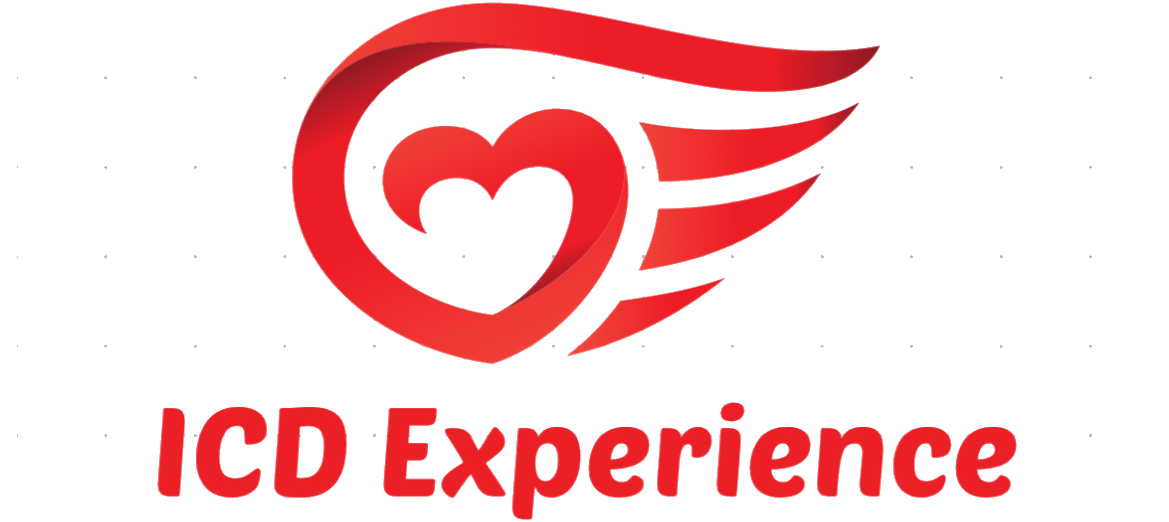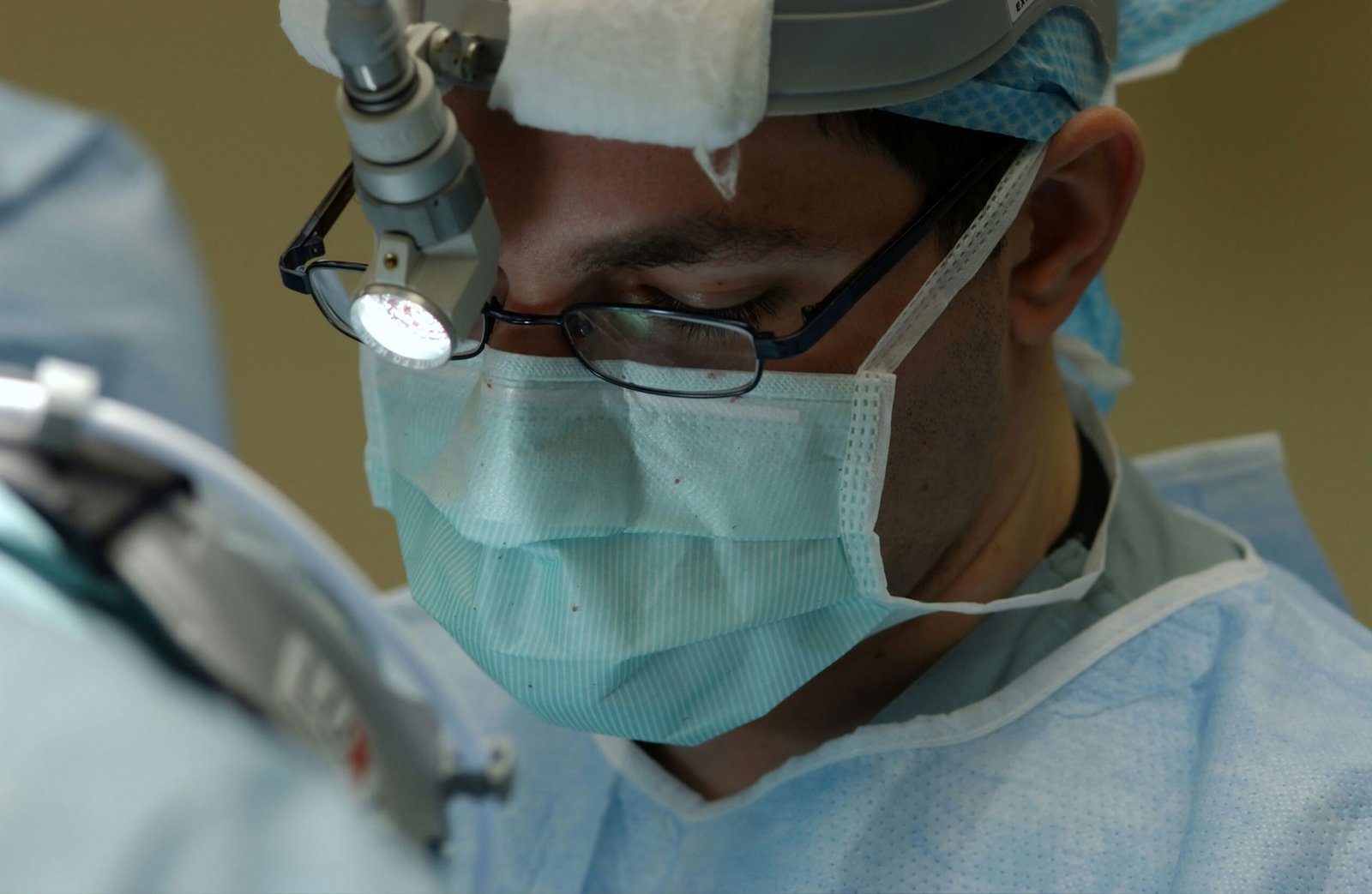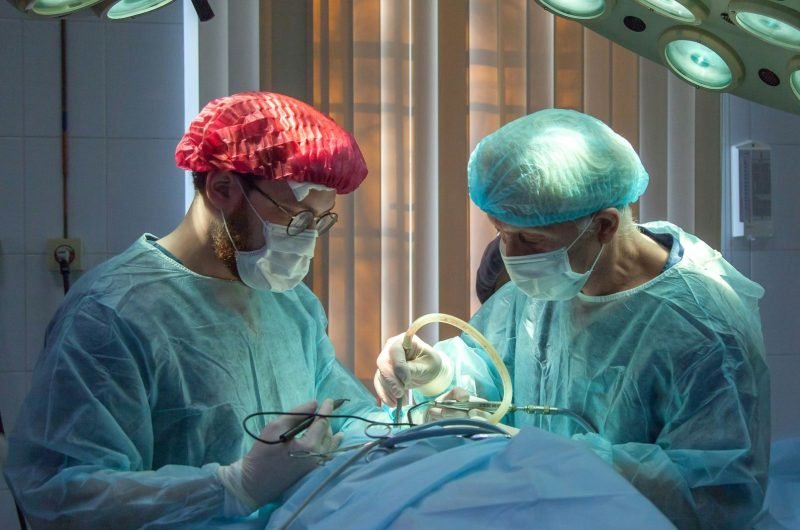An Implantable Cardioverter Defibrillator (ICD) is a vital tool in managing heart rhythm disorders, such as arrhythmias and ventricular tachycardia (VT) which was my experience having my ICD fire being in conscious VT. These devices play a crucial role in preventing sudden cardiac arrest by detecting and treating dangerous arrhythmias. Understanding the features and functions of ICDs can empower patients and healthcare providers to optimize heart health management.
Components of an Implantable Cardioverter Defibrillator
An Implantable Cardioverter Defibrillator is a small, battery-powered device implanted under the skin, usually near the collarbone. It continuously monitors heart rhythms and delivers therapy, such as electrical shocks, when it detects irregular or life-threatening arrhythmias. The device comprises three main components:
Pulse Generator
The pulse generator is the “brain” of the ICD. It contains the battery and electronic circuitry needed to detect abnormal heart rhythms and deliver therapy. The battery typically lasts five to seven years, depending on usage, and is designed to power the device consistently during this period. The electronic circuitry interprets heart signals and determines the appropriate response to any irregularities.
Leads
Leads are insulated wires connecting the pulse generator to the heart. They transmit electrical signals from the heart to the ICD and deliver shocks or pacing as needed. The leads are inserted into the heart chambers through veins, typically the subclavian vein, and their placement is critical for effective monitoring and therapy delivery.
Electrodes
Located at the tips of the leads, electrodes sense the heart’s electrical activity and deliver electrical impulses to correct abnormal rhythms. They act as sensors that detect the minute electrical currents generated by heartbeats, allowing the ICD to distinguish between normal and abnormal rhythms accurately.
How an Implantable Cardioverter Defibrillator Works
ICDs use sophisticated technology to manage arrhythmias and ventricular tachycardia effectively. They perform several vital functions, including rhythm detection, therapy delivery, and data storage.
Rhythm Detection
The ICD continuously monitors the heart’s electrical activity through electrodes and leads. It can differentiate between normal rhythms and arrhythmias like ventricular tachycardia (VT) or ventricular fibrillation (VF). Upon detecting a life-threatening arrhythmia, the device determines the appropriate intervention based on pre-programmed parameters.
- Signal Filtering: The ICD filters out electrical noise and irrelevant signals to focus on the heart’s true electrical activity. This is crucial in preventing false alarms and ensuring accurate detection.
- Arrhythmia Classification: The device classifies arrhythmias into categories such as VT, VF, and supraventricular tachycardia (SVT), each requiring a different therapeutic approach. The classification allows the ICD to tailor its response to the specific type of arrhythmia.
Therapy Delivery
ICDs deliver therapy to restore a normal heart rhythm. The type of therapy depends on the detected arrhythmia:
- Anti-Tachycardia Pacing (ATP): For ventricular tachycardia, the ICD may deliver a series of rapid pacing pulses to interrupt the abnormal rhythm and restore a normal heartbeat. ATP is often painless and effective, allowing the heart to resume its normal rhythm without requiring a high-energy shock.
- Cardioversion: If ATP is unsuccessful, the ICD can deliver a low-energy shock synchronized with the heartbeat to terminate the arrhythmia. This method is less intense than defibrillation and is used when pacing is insufficient.
- Defibrillation: For ventricular fibrillation or severe ventricular tachycardia, the ICD delivers a high-energy shock to reset the heart’s electrical system and restore a normal rhythm. This shock may cause discomfort but is necessary for survival and is typically the last resort for correcting severe arrhythmias.
Data Storage
ICDs have memory capabilities to store data about heart rhythms and therapy delivery. This information is valuable for physicians in assessing the device’s performance and understanding the patient’s heart health over time. Regular follow-ups with a healthcare provider allow for device interrogation and optimization of its settings.
- Event Recording: The ICD logs episodes of arrhythmias, including the type, duration, and time of occurrence, and records the therapies delivered and their outcomes. This log is crucial for tracking the frequency and severity of arrhythmias.
- Trends Analysis: Over time, the device can track heart rhythm trends, helping physicians assess the progression of heart disease and adjust treatment plans. This data provides insight into the effectiveness of current treatments and any necessary changes.
- Remote Monitoring: Many ICDs support wireless communication with remote monitoring systems. This feature allows healthcare providers to receive real-time data from the ICD, enabling timely interventions and reducing the need for frequent clinic visits. Remote monitoring enhances patient care by allowing continuous supervision without the inconvenience of travel for regular check-ups.
Advanced Features of a Modern ICD
Modern ICDs offer a range of features designed to improve patient outcomes and enhance the quality of life. Here are some notable features:
Remote Monitoring
Many ICDs offer remote monitoring capabilities, allowing healthcare providers to receive data from the device without requiring in-person visits. This feature enables early detection of potential issues and reduces the need for frequent clinic visits, making life more convenient for patients. Patients can be alerted to any significant changes in their heart rhythms, allowing for quick adjustments to treatment if needed.
Dual-Chamber and Biventricular ICDs
- Dual-Chamber ICDs: These devices monitor and pace both the atria and ventricles. They are beneficial for patients with arrhythmias involving both chambers of the heart, providing more comprehensive management of heart rhythms. By pacing both chambers, the device ensures coordinated contractions, improving the heart’s efficiency.
- Biventricular ICDs (Cardiac Resynchronization Therapy Defibrillators – CRT-Ds): These devices are designed for patients with heart failure and arrhythmias. They synchronize the contractions of the left and right ventricles, improving heart efficiency and reducing symptoms of heart failure. CRT-Ds enhance cardiac function by optimizing the timing of ventricular contractions.
Rate-Responsive Pacing
ICDs equipped with rate-responsive pacing can adjust the pacing rate based on the body’s activity level. This feature ensures that the heart rate increases during physical exertion and decreases during rest, mimicking the natural response of a healthy heart. It allows patients to engage in physical activities more comfortably and with less risk of arrhythmia.
Noise Rejection Algorithms
ICDs are equipped with advanced algorithms to differentiate between true arrhythmias and electrical noise or interference. This feature minimizes the likelihood of inappropriate shocks, improving patient comfort and device performance. The algorithms continuously analyze incoming signals to identify and ignore potential sources of interference, such as muscle contractions or external electrical sources.
Programmable Settings
ICDs are highly customizable, allowing healthcare providers to adjust settings based on the patient’s specific needs. Programmable features include:
- Detection Thresholds: Providers can set sensitivity levels for rhythm detection, ensuring the ICD responds appropriately to arrhythmias without delivering unnecessary shocks. Adjustments to detection thresholds help avoid false positives and ensure the device only intervenes when necessary.
- Therapy Sequences: The order and type of therapies (e.g., ATP, cardioversion, defibrillation) can be programmed to match the patient’s arrhythmia profile. Customizing therapy sequences allows for a personalized approach, optimizing treatment effectiveness.
- Rate Limits: ICDs can be set to recognize tachycardia based on predefined heart rate limits, optimizing their response to different types of arrhythmias. This feature enables the device to adjust its pacing to maintain a stable heart rate.
Lead Functionality
The leads of an ICD play a crucial role in its operation. They are responsible for sensing electrical activity and delivering therapy. Features related to lead functionality include:
- Bipolar Sensing: Leads can be configured to sense electrical activity between two points, enhancing detection accuracy and minimizing interference. This configuration improves the specificity of rhythm detection and reduces the chance of misinterpretation.
- Durable Design: Modern leads are designed to be durable and flexible, reducing the risk of fractures or damage over time. High-quality materials and construction techniques ensure long-lasting performance and reliability.
Future Trends in ICD Technology
ICD technology continues to evolve, with ongoing research and development focused on improving device performance, patient comfort, and outcomes.
Miniaturization
Future ICDs may become smaller and less invasive, reducing the impact on the body and allowing for more discreet implantation. Advances in miniaturization can enhance patient comfort and expand the pool of eligible patients, including those with smaller body sizes.
Enhanced Algorithms
Advancements in algorithms will further improve rhythm detection accuracy, reducing the incidence of inappropriate shocks and enhancing patient comfort. These algorithms will utilize artificial intelligence and machine learning to adapt to individual patient profiles, providing even more precise and personalized therapy.
Integrated Health Monitoring
Future ICDs may integrate with other health monitoring devices and smartphone apps, providing comprehensive health data and enabling proactive management of heart health. Integration with wearable technology and health platforms will allow for seamless data exchange, facilitating better coordination between patients and healthcare providers.
For a comprehensive understanding of ICD advancements, visit the American Heart Association and explore resources on cardiac technology improvements at the National Institutes of Health.
Conclusion
Implantable Cardioverter Defibrillators (ICDs) are powerful tools for managing life-threatening arrhythmias, including ventricular tachycardia and ventricular fibrillation. Understanding the functions and features of these devices empowers patients and their families to navigate life with an ICD confidently. By embracing this life-saving technology and utilizing available resources, individuals with ICDs can lead fulfilling lives while effectively managing their heart health. With continuous advancements in ICD technology, patients can expect even more precise, efficient, and personalized care in the future, contributing to improved health outcomes and quality of life. To find out more about ICD’s please visit our General Advice section on our blog page.













9 Comments